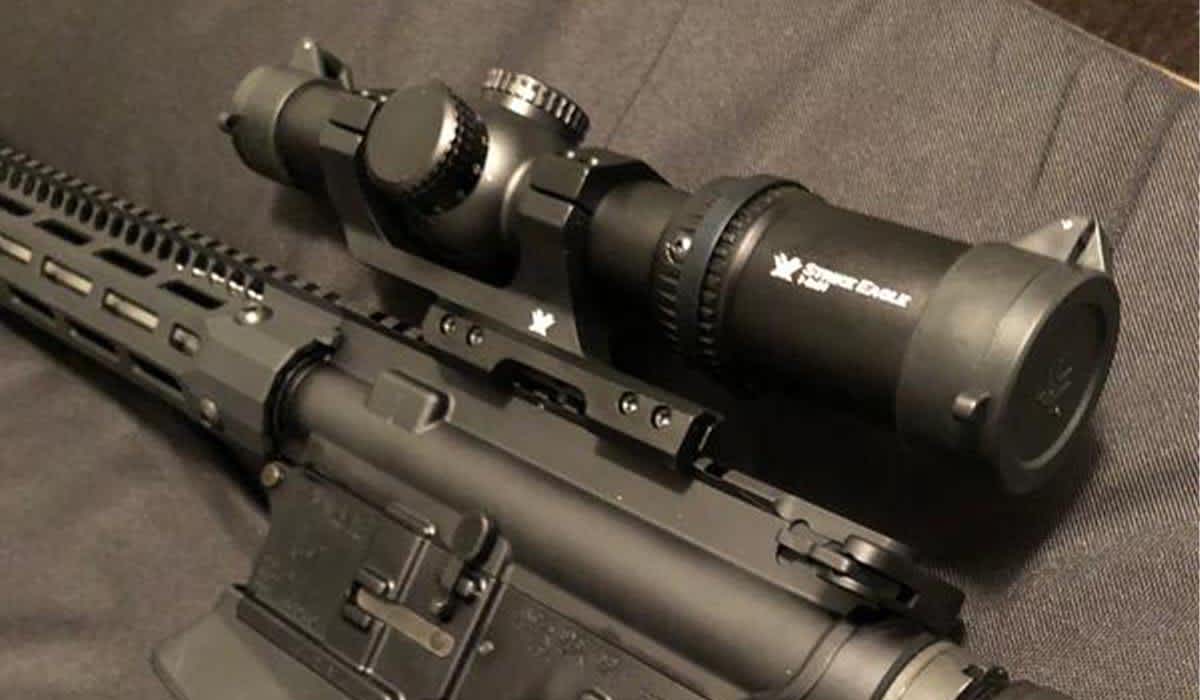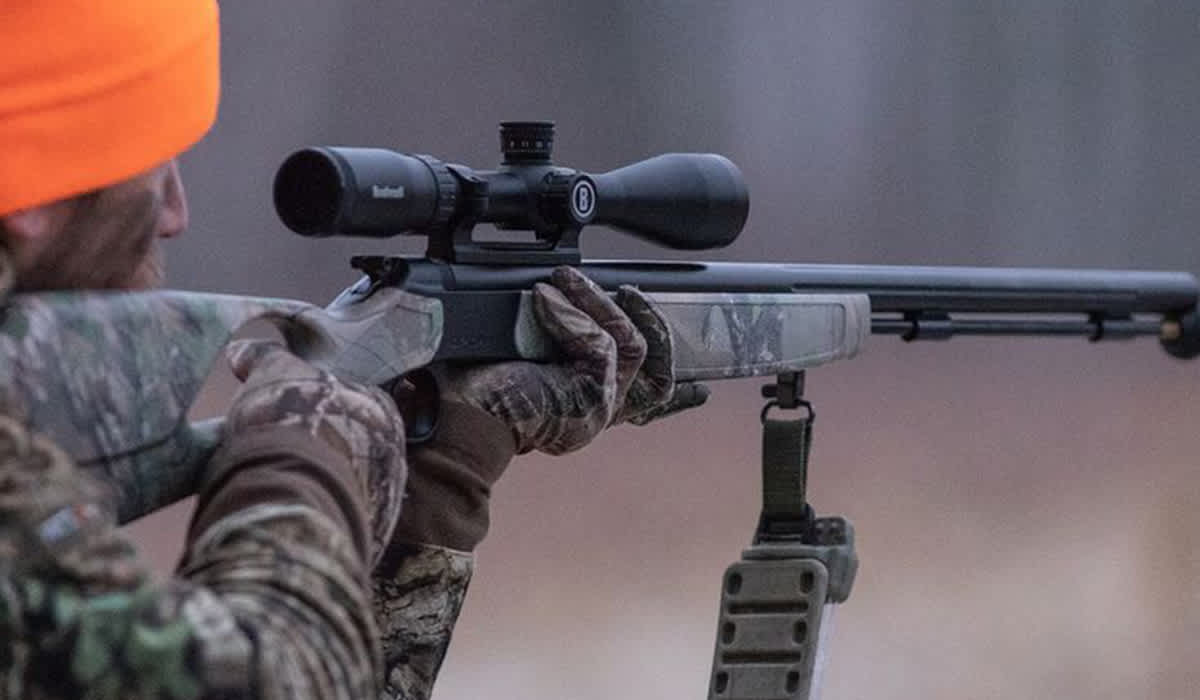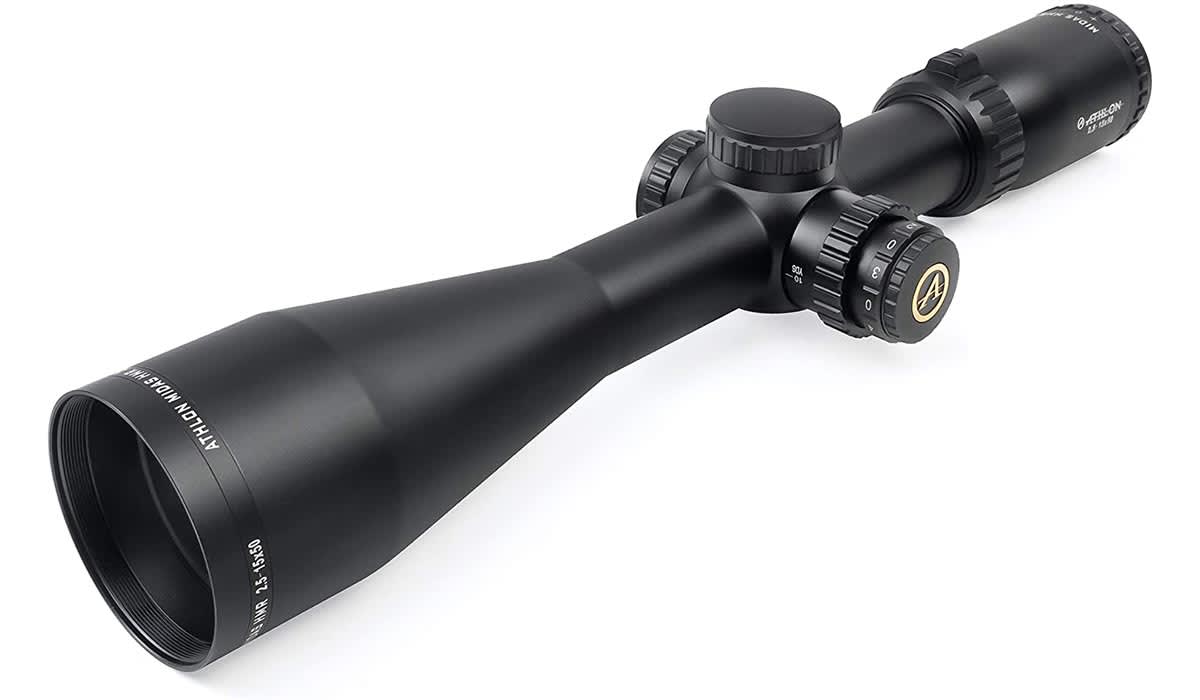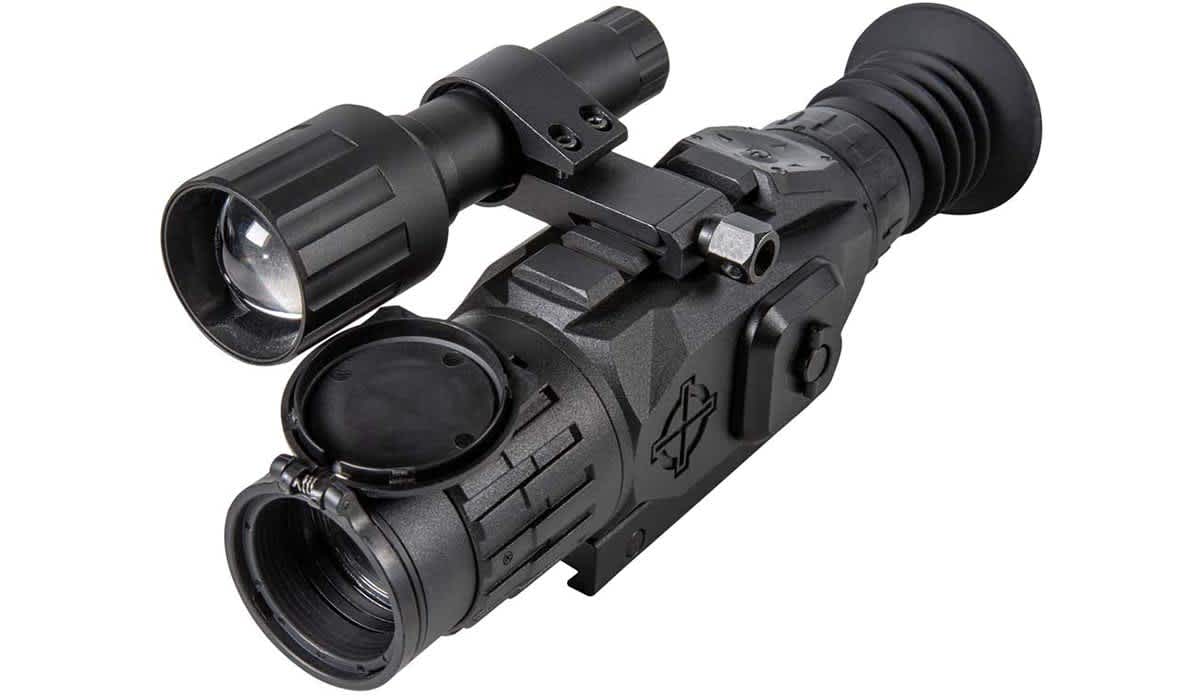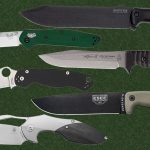Finding the Best Riflescopes for You

1. Vortex Strike Eagle 1-8x24 – Editor’s Pick
I’m a sucker for the LPVO configuration, and this ticks all the boxes when it comes to a solid all-around scope for an AR platform. While the reticle is designed for the .223/5.56 round, there are other very similar scopes from Vortex that would be more universal, but since the AR is the most popular rifle platform in the country, this scope fits the bill. The robust 30mm construction is great, and keeps the optics safely contained. Perhaps no other optics company has made more advancements in the last two decades, and the Strike Eagle is a great representation of all they do.
2. Bushnell Prime 3-12x40 Multi-Turret – Budget Pick
With more and more people wanting to shoot at longer distances, even if just for practice, there is a decision to make; do you want to use a BDC reticle or do you want to dial your turrets? There are ups and downs to both, reticles can be cluttered, and dialing turrets can be difficult without cheat sheets. Enter the Bushnell Prime Multi-Turret. The simple cross reticle works with the seven included swappable turrets that fit multiple common hunting rounds with predetermined ballistic values already written on the turrets. Swap your turret to match your round and you’re good to go. It’s a really slick system, on the cutting edge of ballistic compatibility, from a trusted optics brand. What’s not to like?
3. Athlon Midas HMR 2.5-15x50 AHMR MOA – Golddilocks Pick
You want a power low enough to use when a buck sneaks in on your close, but you also want to be able to have the flexibility to reach out at the range or if he shows up on the other side of the field. The chassis design combined with the MOA reticle let you use it as a simple crosshair, or get detailed for downrange performance. The 30mm construction is going to hold up to any round your shoulder can manage, and the 6X magnification range allows for a wide sweet spot. Why the Goldilocks Pick? Because it’s not too big, not too small, not too complex, not too simple. Hopefully this isn’t the first time you’re hearing of Athlon, because they’ve been coming on strong and the quality is absolutely there.
5. Sightmark Wraith 4K Max 2-16x28 – Techy Pick
Want a scope will the bells and whistles? Here it is. The Wraith from Sightmark is a digital riflescope. Yes, digital. Rather than traditional optical glass transmission the Wraith is digital, like a video camera, and delivers the image to an eyepiece just like a regular scope. Because it’s digital you can choose from 10 different reticles, and nine different colors, and change them anytime you want. The image can be displayed in traditional daytime mode, or black and white or green night vision. The body is aluminum, so it will hold up, and the image is displayed in 1920×1080 high resolution.
Avoid a common mistake when buying a scope
A big consideration when buying a scope, especially for hunting, is low-light performance. Too often though, hunters are disappointed with how their scope performs when light conditions aren’t optimal. In many cases, the choice the hunter made when selecting their scope was the problem. To be sure your scope will perform well when light isn’t great, try to choose a scope that offers an exit pupil no smaller than 4mm throughout the magnification range.
Sighting in a scope
My advice to anyone sighting in a new rifle and scope combo is always the same, put the bore sighter away. It reinforces some bad habits that can cause issues down the road. Mount your scope and take a shot at 25 yards. You should be within three or four inches of your point of aim, if you aren’t, don’t adjust anything. Unmount that scope and remount it. You should be at least that close with a new scope, if you aren’t there is probably a mounting issue. Using the adjustment to bring it on target further down range is going to require more adjustment than I recommend. My rule of thumb? Never adjust more than one full revolution on either your windage or elevation turret. This will keep you in the center of the optical system and deliver the best performance over time.
Exit pupil and how you calculate it
Exit pupil is the column of light that is delivered to your eye from the scope. To calculate it, divide the objective lens diameter by the magnification setting on the scope. For instance, on a 3-9×40 scope set on 9X, it would be 40/9=4.44. Why is the 3-9×40 so popular as a hunting scope, because that exit pupil stays well above 4mm throughout the entire magnification range. As your magnification decreases, your exit pupil goes up. If your highest magnification delivers an exit pupil 4mm or larger, you should be in good shape.
What does LPVO mean?
The term LPVO has grown in popularity over the last few years and stands for low power variable optic. That means a scope that at the low end of the magnification range, goes to 1X or 1.5X magnification.
We are committed to finding, researching, and recommending the best products. We earn commissions from purchases you make using the retail links in our product reviews. Learn more about how this works.

